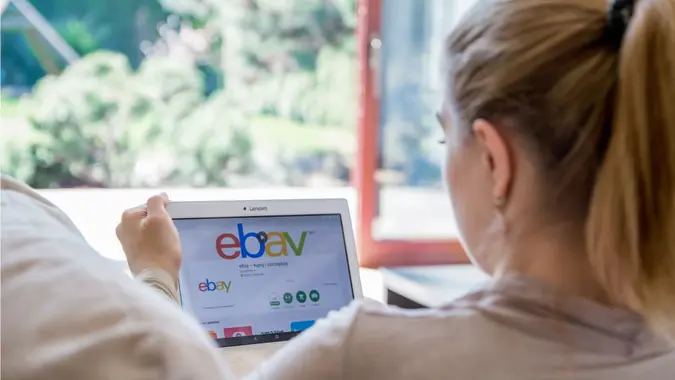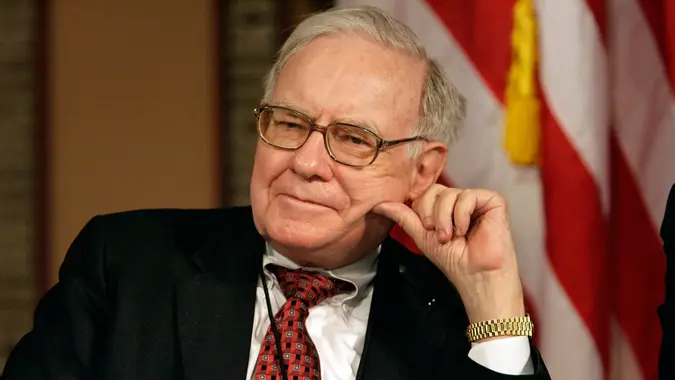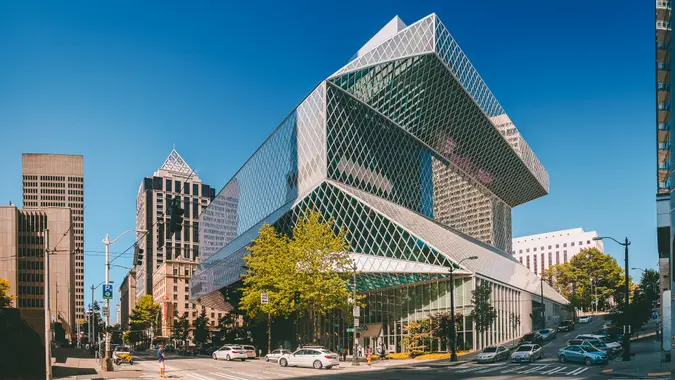9 Businesses That Are Still Cash-Only
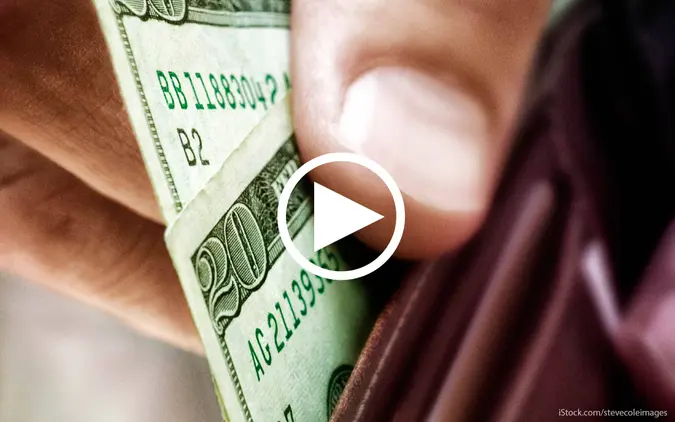
Commitment to Our Readers
GOBankingRates' editorial team is committed to bringing you unbiased reviews and information. We use data-driven methodologies to evaluate financial products and services - our reviews and ratings are not influenced by advertisers. You can read more about our editorial guidelines and our products and services review methodology.

20 Years
Helping You Live Richer

Reviewed
by Experts

Trusted by
Millions of Readers
Despite the fact that many people still prefer to get paid with cash, according to this GOBankingRates.com study, businesses with cash-only policies seem to be a thing of the past. Think about it: When was the last time you were forced to go to the ATM to withdraw cash because a business wasn’t accepting debit or credit cards?
Thanks to the rise of credit and debit cards, as well as the digital evolution of peer-to-peer payment services — such as Venmo, Square Cash and even PayPal — there is less need for you to have cash in your pockets at all times.
Still, there are a few businesses that implement cash-only policies. Here are nine of them:

1. Nail Salons
In 2015, consumers spent $8.51 billion on nail services, according to Nails Magazine. According to the magazine’s 2014-2015 report on the nail industry, about 10 percent of all U.S. nail techs only accept cash, and 42 percent of clients paid for their services in cash — making it the most popular form of payment.
Since cash is the most frequently used form of payment, it seems likely that cash-only nail salons will be able to continue to thrive without changing their practices.
Read: Cash vs. Credit: The Original Paper or Plastic Debate

2. Smaller Restaurants
You’d be hard-pressed to find a franchise restaurant that’s cash-only. However, it’s not uncommon for smaller restaurants to have cash-only policies, especially mom-and-pop restaurants, small exotic eateries and long-standing establishments.
Cash-only restaurants have it tough, though — most people want to pay with their cards. According to Zagat’s 2016 National Dining Trends report, “the top ‘dining deal-breaker’ is a cash-only policy.” Other dining deal-breakers include communal tables, jacket requirements and pre-fixe/tasting menu only.
With the rise of mobile payments and sustained popularity of credit cards, cash-only restaurants risk losing customers and profits if they don’t start adapting.

3. Vending Machines
In 2014, only 11 percent of vending machines were equipped with cashless readers, according to VendingMarketWatch.com’s 2015 State of the Vending Industry report. Still, that’s a small increase from the year priors — only 7 percent of machines had cashless readers in 2012.
Even though vending machines seem like one of the few industries that should be able to remain cash-only, it turns out that customers like the opportunity to pay with a card. VendingMarketWatch.com’s 2013 report cited a major vending machine supplier that reported an average sales increase of 28 percent after cashless readers were installed in its machines. Interestingly enough, this included a 17 percent increase in cash sales.
Vending machine suppliers can’t really afford to lose business. Like almost everyone, vending machines took a hit during the recession, with industry revenue declining steadily from 2007 to 2011. A move to more cashless payment options could be a huge boon to business.

4. Parking Meters
The demand for cashless payment is the second-leading parking trend, according to the 2013 Emerging Trends in Parking Survey, conducted by the International Parking Institute. The pay-by-phone option in Washington, D.C., is regarded as the world’s most successful program of its type, garnering 550,000 customers and making up 40 percent of the city’s parking revenue.
Cities such as Miami and Pittsburgh have also incorporated license-plate recognition technology, allowing customers to pay for parking quickly and efficiently — but without cash. Given these and other innovations, it’s likely that cash-only parking meters and lots will start to dwindle in the coming years.

5. Food Trucks
The demand for food truck fare is growing rapidly. But according to an undated Mobile Cuisine poll, an overwhelming 72 percent of owners don’t accept credit cards, forcing them to turn away customers who only have plastic in their pockets.
Thanks to the growing number of mobile payment systems making it easy to accept credit cards from anywhere, it’s foreseeable that cash-only food trucks will suffer if they don’t expand payment options.
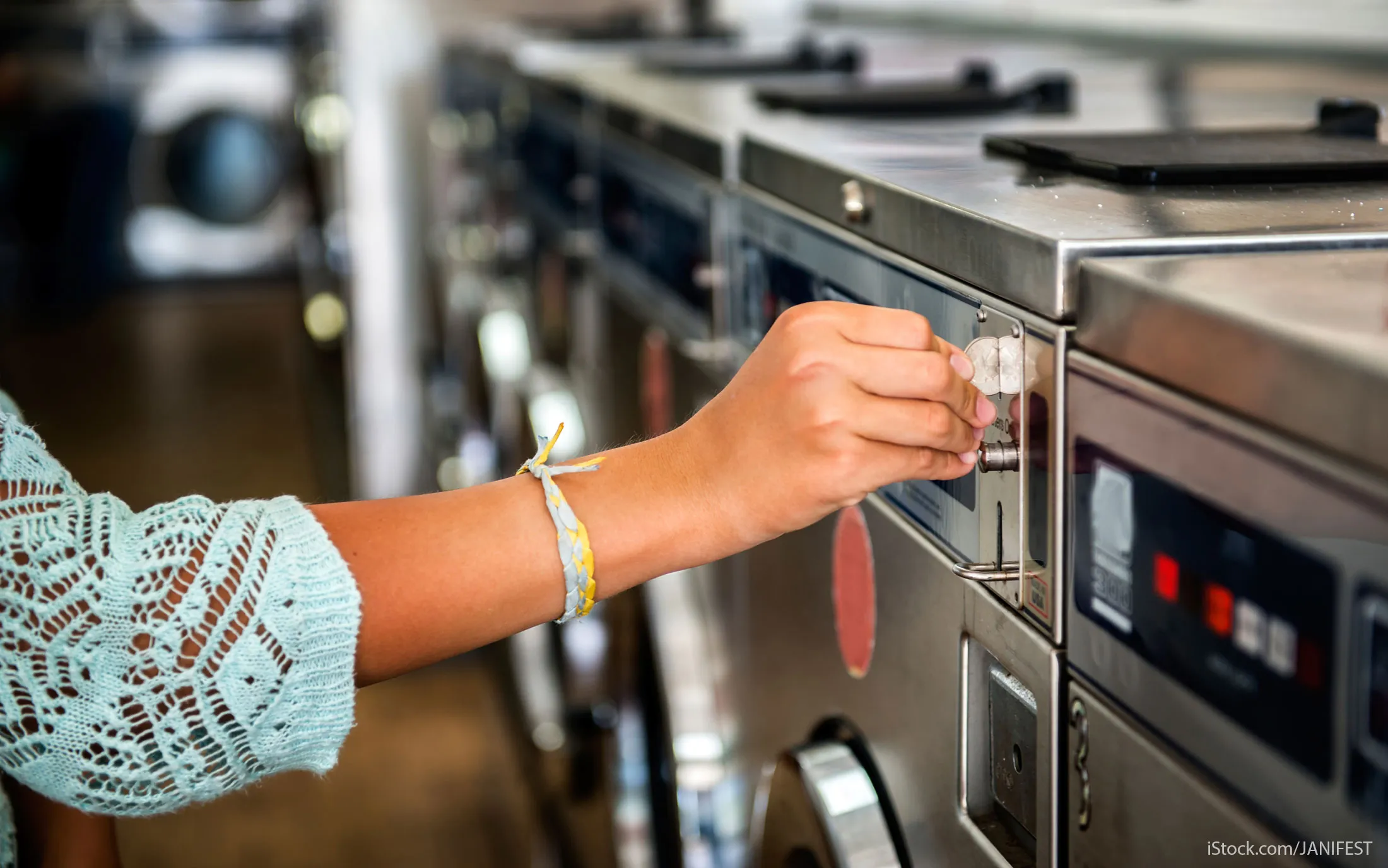
6. Laundromats
According to the Coin Laundry Association, there are currently about 29,500 coin laundromats in the U.S., generating $5 billion in annual revenue. The customer base for coin laundromats has increased over the years, and there are no large chains dominating the market. Since people will continue to need clean clothes, this industry (most likely) won’t slow down anytime soon.
Because customers tend to choose a laundromat based on convenience and proximity, “cash-only” laundromats will likely have no trouble surviving — at least, in the near future.

7. Arts and Crafts Show Vendors
Thousands of arts and craft shows are held throughout the country each year. In the past, patrons knew they wouldn’t be able to make a purchase unless they came with cash, but the onset of mobile payments could change that. Vendors selling higher-priced items at large craft shows might need to start accepting credit cards or risk losing sales.
On the other hand, crafters with lower-priced items sold at smaller events will probably be OK continuing to operate on a cash-only basis.

8. Babysitters
In the past, it was unheard of for parents to pay their children’s babysitter with a credit card. But thanks to sites like Sittercity and Care.com, this is now very possible.
The ability to pay a babysitter with a credit card might be more convenient for many parents, but it’s unlikely this will be the deciding factor when choosing someone to watch their children. If they already know and trust a traditional babysitter, parents will likely be more than happy to pay with cash.

9. Christmas Tree Lots
In 2014, more than 26 million “real” Christmas trees were sold, totaling $1.04 billion, according to the National Christmas Tree Association. And a large portion of Christmas tree customers purchased theirs from non-traditional or temporary businesses — for example, 26 percent got their tree from a farm, 19 percent from a retail lot and 9 percent from a non-profit group.
Some of these businesses accept credit cards, but many do not. Because this is a once-a-year purchase, cash-only retailers will likely not have much of a problem, especially as many families enjoy the tradition of going to the same place each year.
Keep Reading: 10 Things You Should Never Put on a Credit Card
 Written by
Written by 







